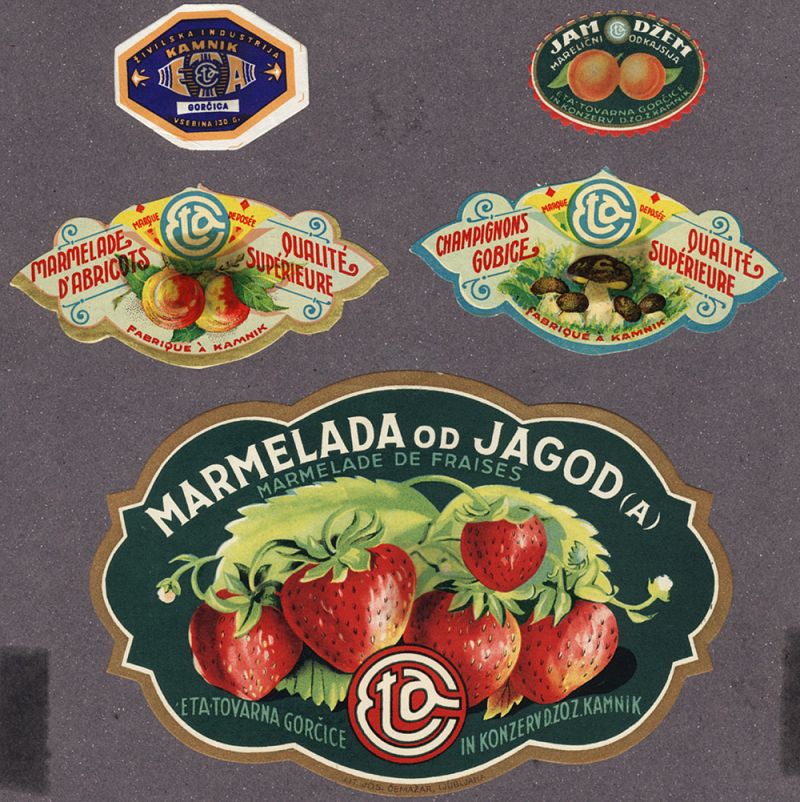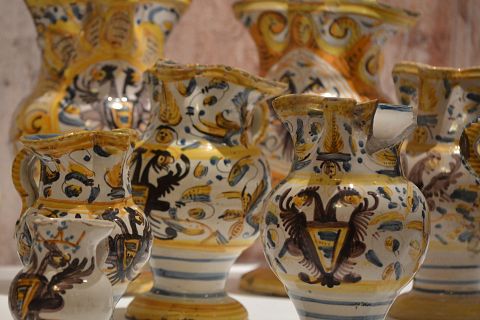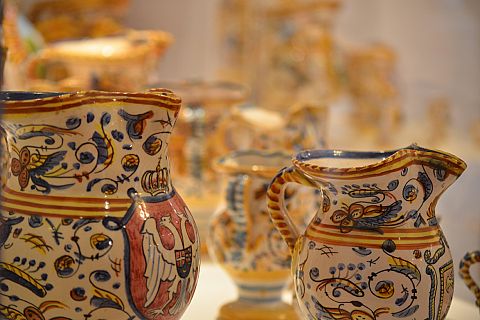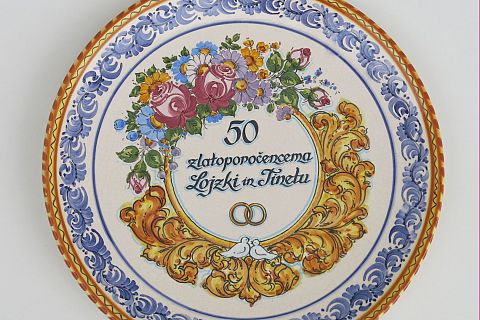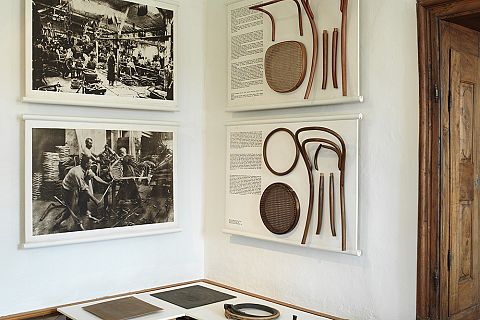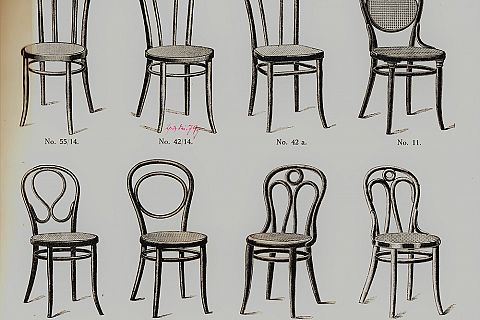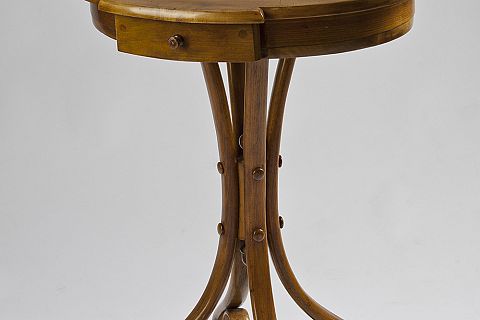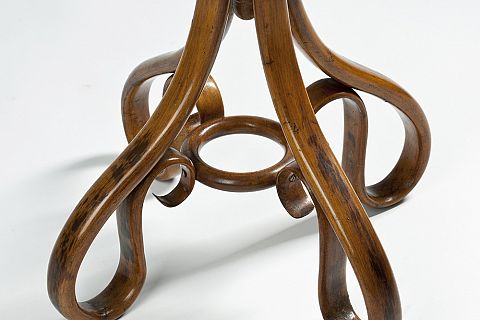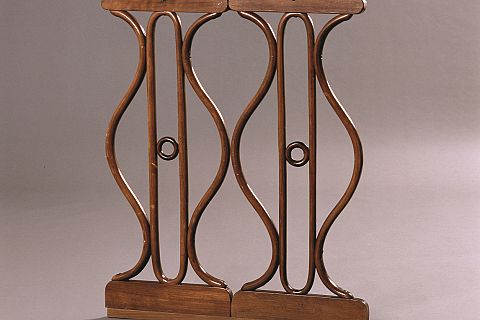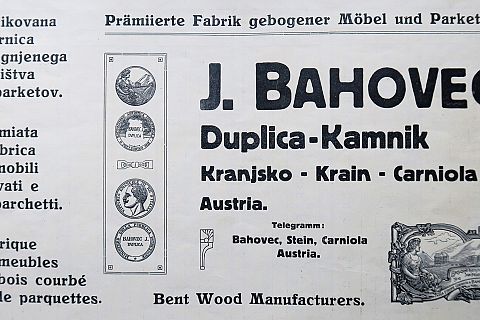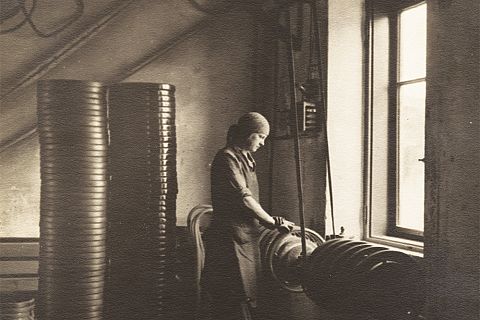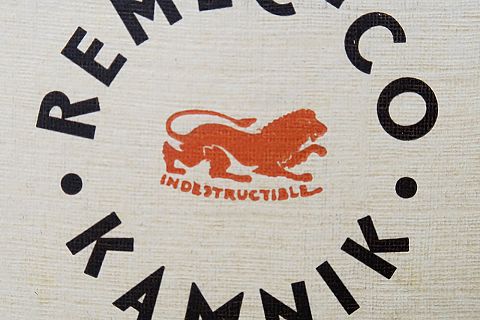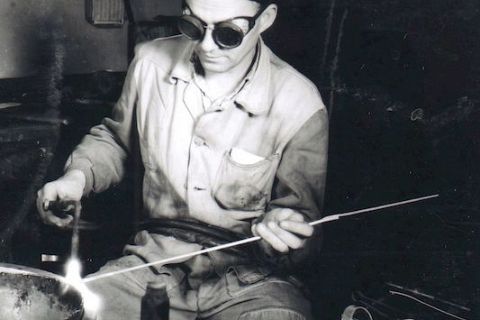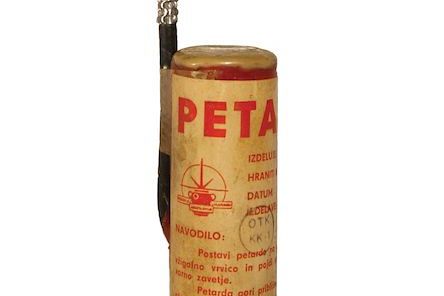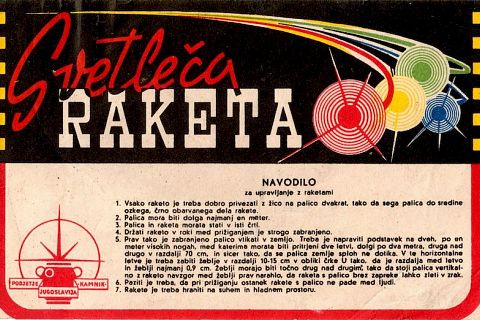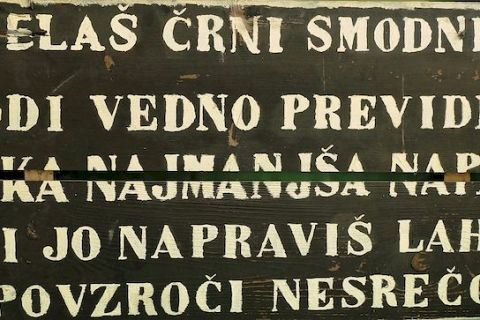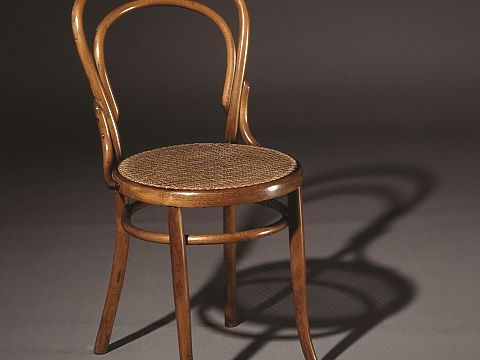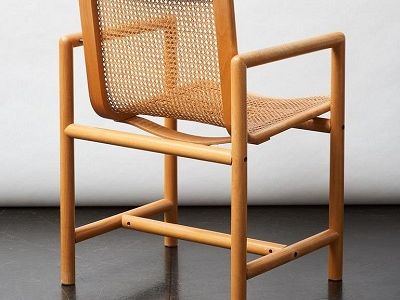- Info MM:K
Contact
Muzejska pot 3, 1241 Kamnik, Slovenia
+386 (0)1 8317 662
info@muzejkamnik.siDŠ: 92474519
MŠ: 5095417000
TRR: SI56 0110 0600 0057 156Opening hours MM:K
Opening hours for visitors:
Tuesday-Saturday: 10.00 – 18.00,
Sunday, Monday and holidays: closedMuseum – Zaprice Castle is from 15.4. until 15.9.2025 also open on Sundays from 10 a.m. to 2 p.m.
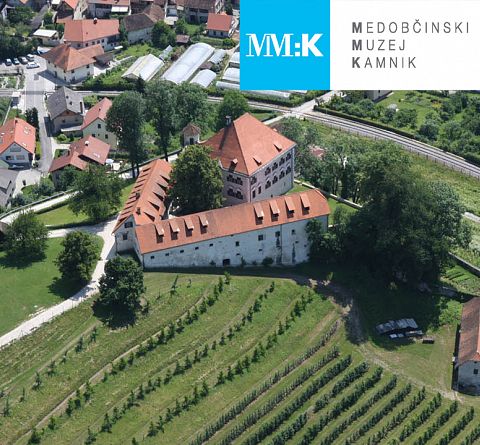
- Events & News
- Exhibitions
- Units
- Collections
- Education
- Shop
- About MM:K
Collection of industrial heritage
This collection originated in the last decade when numerous factories in the wider Kamnik area closed down. In the collection we keep smaller machines and tools, products and intermediate goods, the objects’ documentation and working processes as well as intangible heritage. What did Kamnik give us in this area? A lot: from Eta pickles and mustard, continuing production of Thonet bent furniture in the Stol factory, the Kralj Rex, the Svilanit tie and towel, Svit majolika, Titan small domestic machinery and lockers, Utok leather garments to the ‘magic spark plug’ from the ‘barutana’ (powder mill) and other products and smaller tools.
Contact:
Custodian: Marko Kumer, muzejski documentalist
marko.kumer@guest.arnes.si
The majority of the collection is composed of the Eta factory donation to the Svit in 2014, when the department at Bakovnik was closed where ‘majolicas’, one of the most recognizable Kamnik souvenirs, were made and painted. We gained 350 objects – majolicas, smaller tools, files/folders with button patterns, spindle/mandrel, pictorial material (photographs, catalogues, books), smaller materials from the work stations of model builders and painters etc. There are also older majolicas and decorative plates in the collection which where made in the Schnabel workshop at the beginning of the 20th century, as well as newer ones painted by such contemporary arstists as Miha Maleš, Dušan Lipovec, Klavdij Tutta and others.
This collection was started at the museum in 1967 as a result of cooperation with the Stol factory in Duplica, which had found a role in collecting, purchasing and presenting the works of their predecessors, Ivan Bahovec’s factory of curved furniture and Vladimir Remc’s factory. In that time curator Mirina Zupančič acquired a collection of the first 78 museum objects by keeping a record of the most beautiful samples of Thonet’s furniture and buying them from Slovene furniture factories. The collection includes various types of chairs, benches, coffee tables, rocking-chairs, clothes-hangers, bed sides and upholstered furniture, as well as cast-iron panels for pattern printing, iron bending templates and the factory catalogue of products. Some models of Thonet’s chairs were produced up to the nineteen nineties. The tradition had been continued by designers Niko Kralj and Branko Uršič, in their own special way.
This collection was started after the factory closed in 2009. The museum took over quite a lot of characteristic smaller tools, transport devices, notice signs, smaller pieces of equipment, intermediate goods and products following workers’ recommendations. We also keep the publicity material from the pyrotechnics, the collection of photographs from the Cene Matičič and Vilko Rifel archives, machines and factory buildings plans and the collection of training material for mine-explosives. The collection is constantly growing with documention from the intangible heritage of industrialisation – written and taped memoirs of the former workers and their stories, successes and mishaps.
Chair no. 14, around 1910
In 1859, Michael Thonet invented and made a chair no. 14, his most successful sales item. It was designed for mass production and by 1930 it was produced in over 50 million copies.
Branko Uršič, Bamboo Armchair, 1977
The Bamboo armchair, designed by the Slovenian designer Branko Uršič for the Stol Kamnik factory, is made of beech wood and bamboo mesh. The design and prototype of the armchair were made in 1977, and the Stol Kamnik factory started producing it regularly from 1980.



